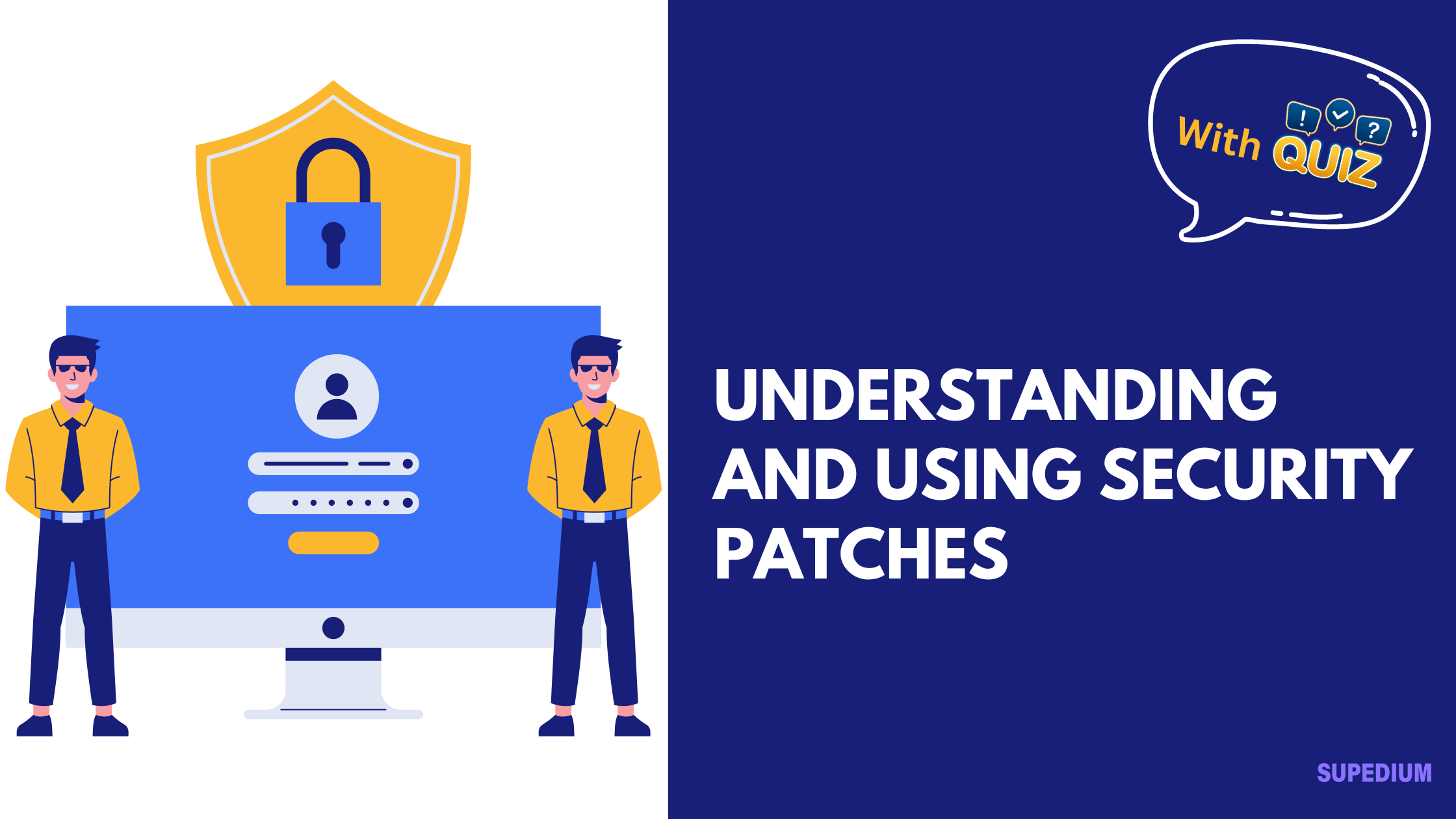Table of Contents
![]()
I. Introduction
Definition of Security Patches
Security patches are software updates designed to fix vulnerabilities or flaws within a program or system. They play a critical role in maintaining the security and functionality of software applications and operating systems. By addressing known vulnerabilities, security patches help protect systems from potential exploits that could lead to data breaches or system failures.
Purpose of the Article
This article aims to provide a comprehensive understanding of security patches, their importance, the types available, and best practices for effective implementation and management. By the end, readers will be better equipped to ensure their systems remain secure.
II. The Importance of Security Patches
Protecting Against Vulnerabilities
Software vulnerabilities can arise from various factors, including coding errors and design flaws. Cybercriminals actively seek out these weaknesses to exploit them. For instance, the notorious Equifax breach in 2017, which exposed sensitive personal information of millions, was largely attributed to an unpatched vulnerability in the Apache Struts framework. Such incidents underline the critical need for timely patching.
Compliance and Regulatory Requirements
Many industries are governed by strict regulations that mandate the implementation of security measures, including timely patching. Regulations like the General Data Protection Regulation (GDPR) and the Health Insurance Portability and Accountability Act (HIPAA) require organizations to protect sensitive data rigorously. Failing to apply security patches can result in legal penalties and significant fines.
Reputation Management
The reputational damage from a security breach can be severe and long-lasting. Customers tend to lose trust in organizations that cannot safeguard their data. Ensuring regular updates through security patches can help maintain customer confidence and protect a brand’s reputation.
III. Types of Security Patches
Critical vs. Non-Critical Patches
Security patches can be categorized into critical and non-critical types. Critical patches address severe vulnerabilities that could be exploited to compromise a system. Non-critical patches may fix minor issues or enhance functionality. Prioritizing critical patches is essential for maintaining security.
Feature Updates vs. Security Patches
While feature updates introduce new functionalities, security patches focus solely on fixing vulnerabilities. It’s important to distinguish between these types to ensure that essential security measures are not overlooked in favor of new features.
Hotfixes and Emergency Patches
Hotfixes are immediate updates released to address critical vulnerabilities that require urgent attention. Organizations should have a protocol for applying these patches swiftly to mitigate risks effectively.
IV. The Patch Management Process
Identification of Vulnerabilities
To maintain security, organizations must continuously monitor their systems for vulnerabilities. Tools such as vulnerability scanners can help identify software that requires updates. Regular audits and assessments are essential for staying ahead of potential threats.
Testing Patches
Before deploying patches, it is crucial to test them in a controlled environment. This helps identify any compatibility issues or potential impacts on system performance. Using staging environments can facilitate effective testing without disrupting live operations.
Deployment of Patches
Patches can be deployed manually or automatically. While manual deployment allows for greater control, automation can save time and reduce the chances of human error. Organizations should develop a schedule for regular updates to minimize downtime and ensure systems are protected.
Verification and Documentation
After applying patches, it is vital to verify their successful installation. Documentation is equally important; maintaining records of applied patches can assist in compliance audits and provide a historical view of system security measures.
V. Challenges in Patch Management
Resource Constraints
Many small and medium-sized enterprises (SMEs) face resource limitations that can hinder effective patch management. Lack of dedicated IT staff or budget constraints may lead to delayed updates, increasing vulnerability to attacks.
Compatibility Issues
Patching can sometimes create compatibility issues with existing software or systems. Organizations should evaluate the potential impact of patches before deployment and develop strategies to address any conflicts that may arise.
User Resistance
Employees may resist installing updates due to concerns about system changes or downtime. Educating staff on the importance of security patches and fostering a culture of cybersecurity awareness can help overcome these challenges.
VI. Best Practices for Implementing Security Patches
Regular Patch Schedule
Establishing a routine for checking and applying patches is essential. Organizations should create a patch management policy that outlines how often updates will be checked and applied, typically on a monthly basis.
Comprehensive Inventory Management
Keeping an updated inventory of software and hardware is crucial for effective patch management. Organizations should regularly review this inventory to ensure all systems are accounted for and up to date.
Security Awareness Training
Training staff on the importance of security patches can promote a culture of security. Employees should understand the potential risks associated with unpatched systems and the procedures for reporting vulnerabilities.
Leveraging Automation Tools
Automation tools can significantly streamline the patch management process. These tools can automatically check for updates, apply patches, and even provide reports on the status of systems, allowing IT teams to focus on other critical tasks.
VII. Conclusion
Recap of the Importance of Security Patches
Security patches are vital in safeguarding systems against vulnerabilities and potential cyberattacks. Their timely application not only protects sensitive data but also helps maintain compliance with regulations and fosters customer trust.
Final Thoughts on Ongoing Vigilance
The landscape of cybersecurity is constantly evolving. Organizations must remain vigilant and proactive in their patch management strategies to combat emerging threats effectively.
Call to Action
Developing a robust patch management strategy is not just a technical requirement; it is a critical business practice. Organizations should prioritize security patches to protect their systems and maintain their reputation in an increasingly digital world.






Be the first to comment